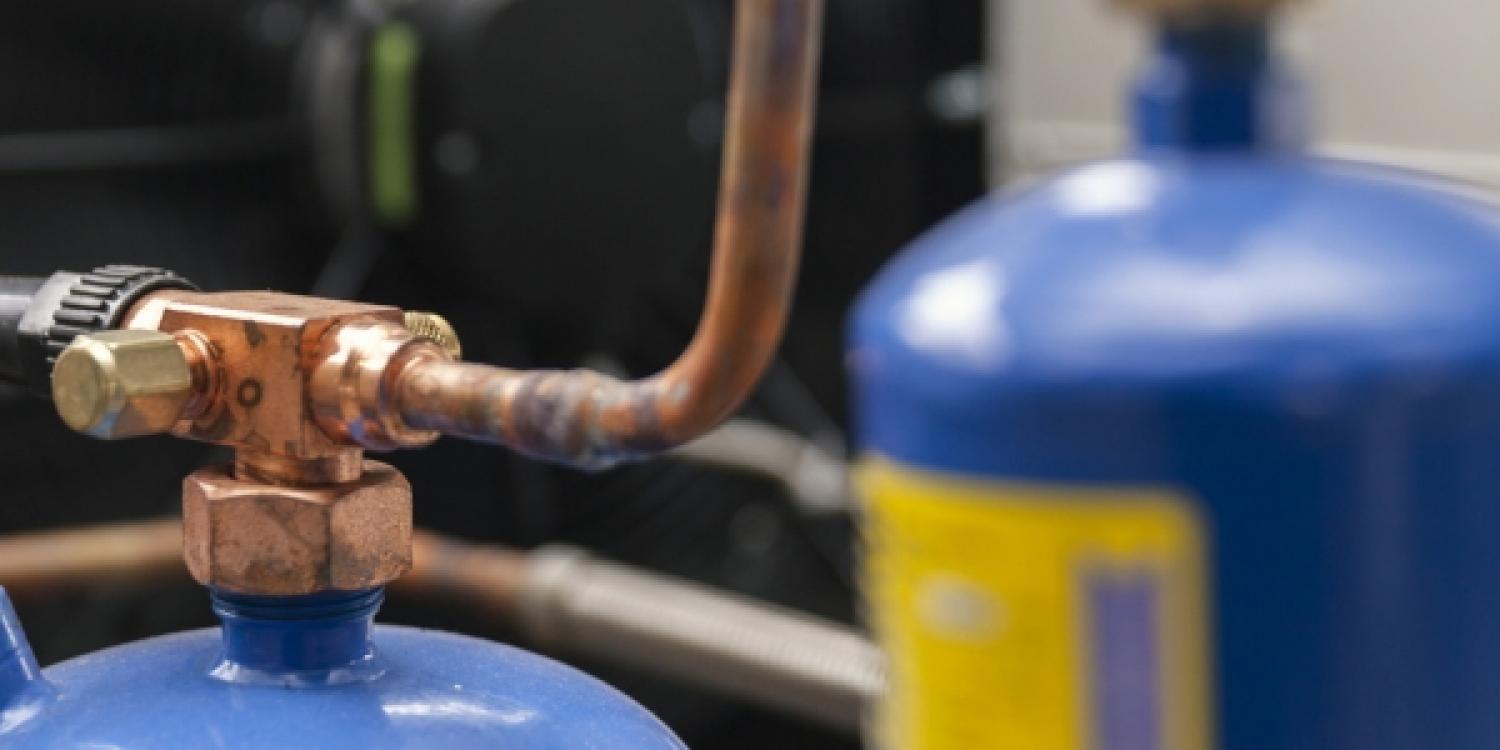Heat recovery

Information
Heat recovery can help to reduce overall energy consumption on-site while reducing total running costs in the bargain. Recovered heat can help you reduce energy consumption or provide useful heat for other purposes. In the food and beverage industry, for example, it is possible to recover heat from different sources: cooling systems and compressors, pasteurisation, exhaust gases from burners, etc. Recovered heat can also be used for heating tap water or ventilation, thawing deep frozen goods, preheating cleaning liquids and products, and space heating, among other reported applications.
How does it work? The most common type of refrigeration system uses the vapour-compression refrigeration cycle and consists of a compressor (with motor drive), a condenser (heat exchanger), an expansion device (usually an expansion valve), and an evaporator (heat exchanger). These components are connected together by pipes and channels. The refrigerant is circulated through the system. About 20 % of heat expulsion is due to ‘de-superheating’ of the refrigerant prior to condensation, and this heat has potential to be recovered as ‘high-grade’ heat for other purposes. Most refrigeration systems have the potential to incorporate heat recovery, and one way you can do this is to install a de-superheater ahead of the condenser in the circuit.
Useful tips before implementing heat recovery systems:
- Ensure that the system is operating as efficiently as possible
- Ensure that there are no refrigerant leaks
- Consider linking a heat pump (in case you need to achieve certain temperature)
The amount of heat that can be recovered from a refrigeration system will be heavily influenced by the temperature required for use. The higher the temperature (typically up to a maximum of around 65°C), the lower the amount of heat that can be recovered.